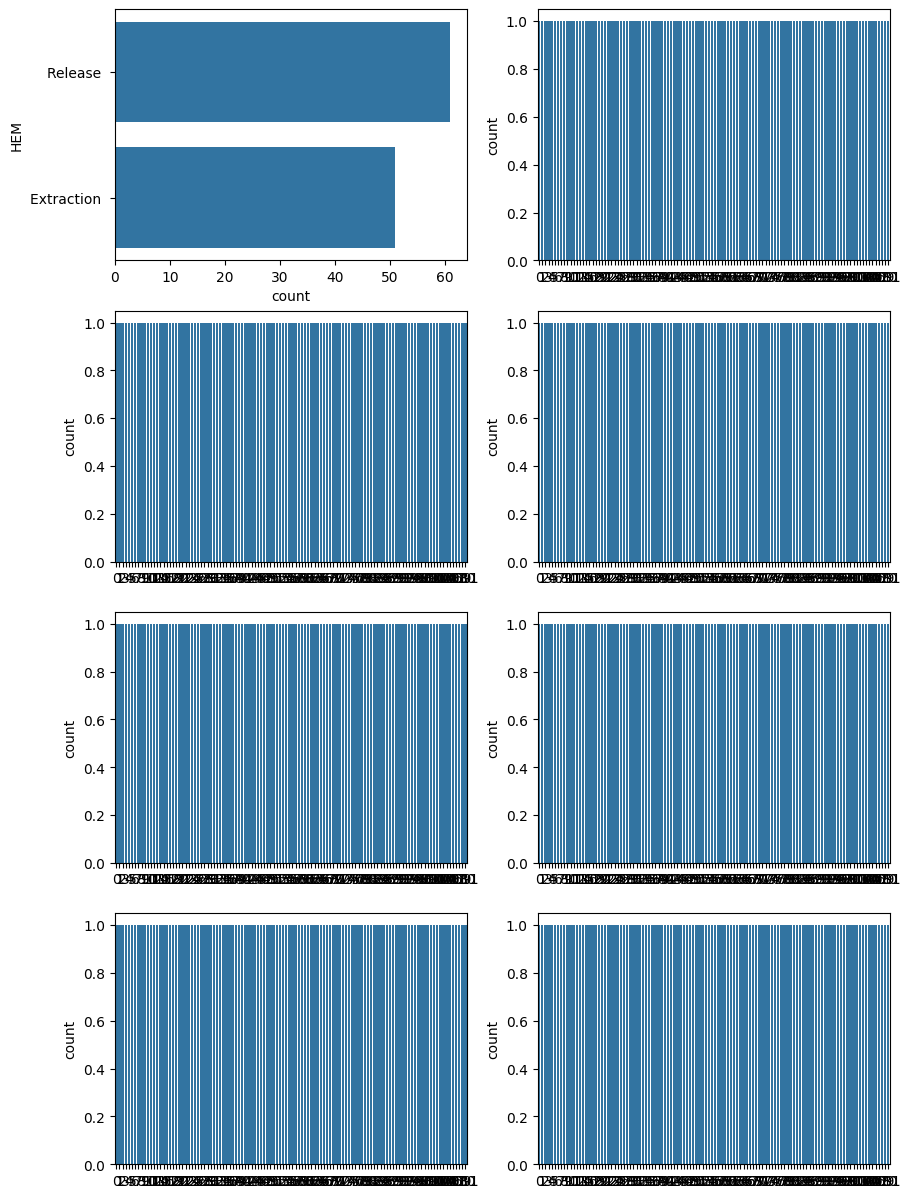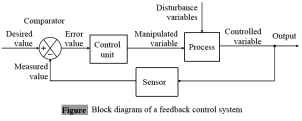Modelo de regresión polinomial#
Metodología#
Los pasos a seguir para alcanzar el objetivo son los siguientes:
Importación de la base de datos.
Análisis de las variables para identificar el tipo de dato.
Verificación de valores
NaNo Nulos.Distribución de las variables.
Cálculo de la matriz de correlación.
Procesamiento de datos.
Resultados y discusión.
Configuración#
Importación de librerías#
Importamos todas las librerías necesarias para trabajar
import numpy as np
import pandas as pd
import seaborn as sns
import matplotlib.pyplot as plt
from sklearn import preprocessing
from sklearn.linear_model import LinearRegression
from sklearn.preprocessing import PolynomialFeatures
from sklearn.model_selection import train_test_split
from sklearn.metrics import mean_squared_error, mean_absolute_error, r2_score, explained_variance_score
# 1. Importación de la base de datos
dataset = pd.read_csv('datasets/ground_source_heat_pump.csv')
dataset.head()
| HEM | STC | VWD | WD | UT | WFR | WTD | HTR | |
|---|---|---|---|---|---|---|---|---|
| 0 | Release | 1.41 | 100.0 | 180 | 3.0 | 1.15 | 4.04 | 53.9 |
| 1 | Release | 1.41 | 125.0 | 180 | 3.0 | 1.15 | 4.86 | 52.0 |
| 2 | Extraction | 1.41 | 100.0 | 180 | 3.0 | 1.15 | 3.18 | 42.4 |
| 3 | Extraction | 1.41 | 125.0 | 180 | 3.0 | 1.15 | 3.82 | 40.7 |
| 4 | Release | 1.46 | 85.0 | 130 | 2.8 | 1.19 | 4.19 | 66.6 |
# 2. Análisis de las variables para identificar el tipo de dato
dataset.info()
<class 'pandas.core.frame.DataFrame'>
RangeIndex: 112 entries, 0 to 111
Data columns (total 8 columns):
# Column Non-Null Count Dtype
--- ------ -------------- -----
0 HEM 112 non-null object
1 STC 112 non-null float64
2 VWD 112 non-null float64
3 WD 112 non-null int64
4 UT 112 non-null float64
5 WFR 112 non-null float64
6 WTD 112 non-null float64
7 HTR 112 non-null float64
dtypes: float64(6), int64(1), object(1)
memory usage: 7.1+ KB
# 3. Verificación de valores NaN o nulos
dataset.isnull().sum()
HEM 0
STC 0
VWD 0
WD 0
UT 0
WFR 0
WTD 0
HTR 0
dtype: int64
# 4. Distribución de las variables
cols = dataset.columns
fig, axes = plt.subplots(4,2, figsize = (10,15))
k = 0
for i in range(4):
for j in range(2):
sns.countplot(dataset[cols[k]], ax = axes[i][j])
k = k + 1

# 5. Cálculo de la matriz de correlación
fig = plt.figure(figsize = (10,10))
sns.heatmap(dataset[dataset.keys().drop('HEM')].corr(), annot = True)
<Axes: >

scaler = preprocessing.MinMaxScaler(feature_range = (0.1, 0.9))
X = PolynomialFeatures(degree=2, include_bias=False).fit_transform(scaler.fit_transform(dataset[dataset.keys().drop(['HEM','HTR'])]))
y = np.asarray(dataset['HTR'])
X_train, X_test, y_train, y_test = train_test_split(X, y, test_size = 0.20)
#%% Specify the model
model = LinearRegression()
#%% Fit model on the dataset
model.fit(X_train, # input data
y_train, # target data
)
LinearRegression()In a Jupyter environment, please rerun this cell to show the HTML representation or trust the notebook.
On GitHub, the HTML representation is unable to render, please try loading this page with nbviewer.org.
LinearRegression()
# Predict on training data
pred_tr = model.predict(X_train)
# Predict on a test data
pred_te = model.predict(X_test)
def regression_results(y_true, y_pred):
# Regression metrics
ev = explained_variance_score(y_true, y_pred)
mae = mean_absolute_error(y_true, y_pred)
mse = mean_squared_error(y_true, y_pred)
r2 = r2_score(y_true, y_pred)
print('explained_variance: ', round(ev,4))
print('MAE: ', round(mae,4))
print('MSE: ', round(mse,4))
print('R²: ', round(r2,4))
#%% Model Performance Summary
print("")
print('---------- Evaluation on Training Data ----------')
regression_results(y_train, pred_tr)
print("")
print('---------- Evaluation on Test Data ----------')
regression_results(y_test, pred_te)
print("")
#%% Results per output
mse_train = mean_squared_error(y_train, pred_tr)
r2_train = r2_score(y_train, pred_tr)
mse_test = mean_squared_error(y_test, pred_te)
r2_test = r2_score(y_test, pred_te)
col_names = ('MSE (train)', 'R2 (train)', 'MSE (test)', 'R2 (test)')
df = np.array([mse_train, r2_train, mse_test, r2_test])
print("")
print('---------- Evaluation per output ----------')
results = pd.DataFrame(data = df.reshape(1,-1), columns = col_names)
print(results)
---------- Evaluation on Training Data ----------
explained_variance: 0.8902
MAE: 2.2453
MSE: 10.1288
R²: 0.8902
---------- Evaluation on Test Data ----------
explained_variance: 0.4955
MAE: 4.5854
MSE: 42.9591
R²: 0.4879
---------- Evaluation per output ----------
MSE (train) R2 (train) MSE (test) R2 (test)
0 10.128808 0.89023 42.95908 0.487884


